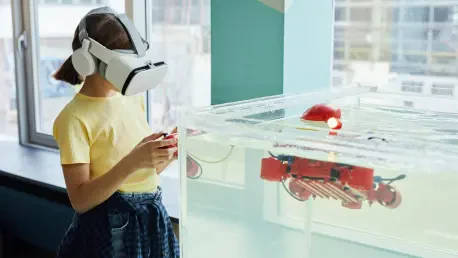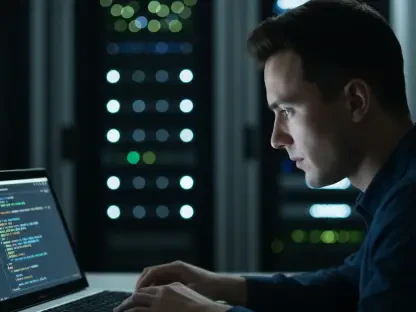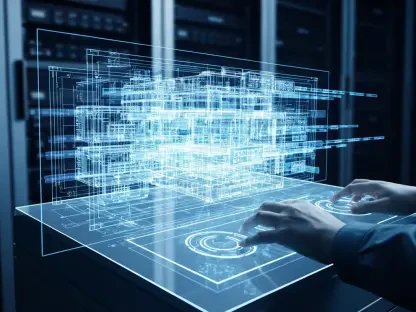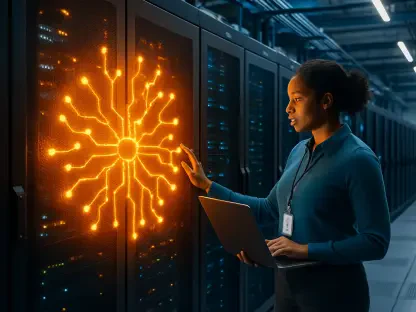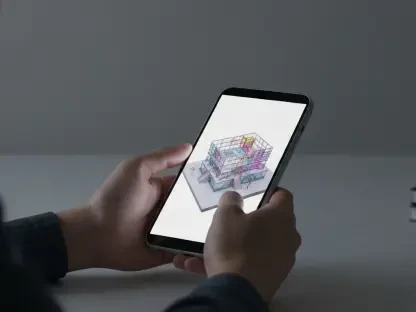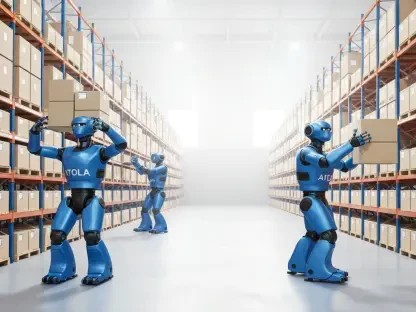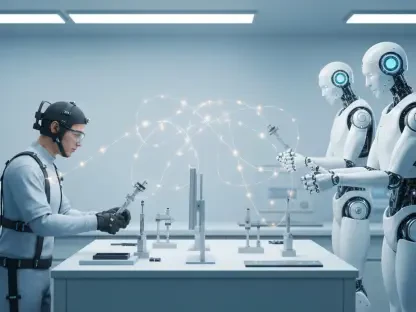Amid the growing demand for more efficient robotic systems, a powerful simulation technology known as PhysicsGen emerges as a game-changer in training robotic arms and hands. This innovative system, developed by researchers from MIT’s CSAIL and the Robotics and AI Institute, aims to address the limitations of existing training methods, which are either labor-intensive or rely on inadequate data. By leveraging cutting-edge AI and simulation technology, PhysicsGen offers unprecedented capabilities in autonomous data generation, setting the stage for a revolutionary shift in how robots learn and adapt to diverse environments.
Breakthrough Features and Performance Metrics
At the core of the PhysicsGen technology is a robust simulation-driven approach that replicates and scales human demonstrations into thousands of detailed training examples for robotic systems. This system processes VR-tracked human interactions to generate accurate 3D models tailored to the specific configurations of robotic hands and arms. A notable feature is its ability to autonomously generate vast datasets that inform optimal task execution strategies for robots, showcasing a 60% improvement in task accuracy over conventional training methods. PhysicsGen’s capacity to transform 24 live demonstrations into nearly 3,000 simulations significantly outpaces traditional approaches.
The architecture underpinning PhysicsGen integrates machine learning techniques to refine data processing further, ensuring robots can adjust object handling strategies based on precise movements. The system’s trajectory optimization emphasizes the most efficient motion path for robots, minimizing redundancies and enhancing task execution precision. This represents a notable departure from the detailed yet cumbersome VR step-by-step teleoperations or the less specific training often derived from internet videos. PhysicsGen stands out for providing tailored solutions that enhance robotic learning through an unprecedented scale of optimized simulations.
Implications Across Diverse Applications
PhysicsGen’s advanced simulation capabilities have broad implications across various industries. In manufacturing, it promises to streamline operations by teaching collaborative robotic arms in factories to execute complex tasks efficiently. Healthcare robotics also stand to benefit, with simulations facilitating precise control for surgical procedures or therapeutic interventions. Furthermore, domestic robotics could leverage this technology to navigate everyday tasks with enhanced dexterity, translating to improved human-robot interaction within home environments.
This simulation-to-real-world application transition is especially relevant in settings where robots must adapt to changing formats or newer system configurations without extensive manual reprogramming. Notable implementations include adaptable use cases like reorienting warehouse robots to accommodate diverse product handling needs, showcasing PhysicsGen’s flexibility. By empowering robots to autonomously scale training data, PhysicsGen reinforces its adaptability and effectiveness in diverse operational ecosystems.
Challenges in Adoption and Expansion
Despite its promise, PhysicsGen faces challenges that must be addressed for widespread adoption. Technical hurdles such as simulating interactions with deformable objects—like fruits or pliable materials—present obstacles that require ongoing research and refinement. Additionally, regulatory compliance challenges and market-related obstacles in adoption might slow deployment. Addressing these challenges is paramount to unlocking the full potential of PhysicsGen technology.
Efforts to overcome these limitations include expanding foundational models to instigate more robust training processes. Incorporating this technology in new robotic applications could entail convergence with evolving AI systems capable of processing unstructured data, such as internet-sourced materials, to further enhance simulation data. Researchers are keen on making headway in these areas to streamline robotic training and simulation technologies.
Future Considerations and Verdict
PhysicsGen presents promising paths for future developments and a leap in robotic training methodologies. Potential breakthroughs in AI-driven simulation models hint at opportunities for enhancing task variance and facilitating task transfer learning among robots. Creating a foundational model for robots to autonomously integrate varied, unstructured data holds implications for the breadth of applications.
Ultimately, PhysicsGen represents a pivotal advancement in robotic training, showcasing how AI-driven simulations can autonomously build extensive data sets for more efficient machine learning. This development marks progress toward scaling robotic capabilities while tackling existing limitations. Looking ahead, innovations in AI and autonomous data generation remain vital, sparking considerations for integrating PhysicsGen solutions within broader industrial applications.
Optimism regarding PhysicsGen’s future role in robotics deserves tempered caution, balanced between potential and current challenges. With evolving research directions, the system’s capacity to revolutionize robotic interactions continues to inspire, making it a technology to watch in the unfolding landscape of robotics and automation.
